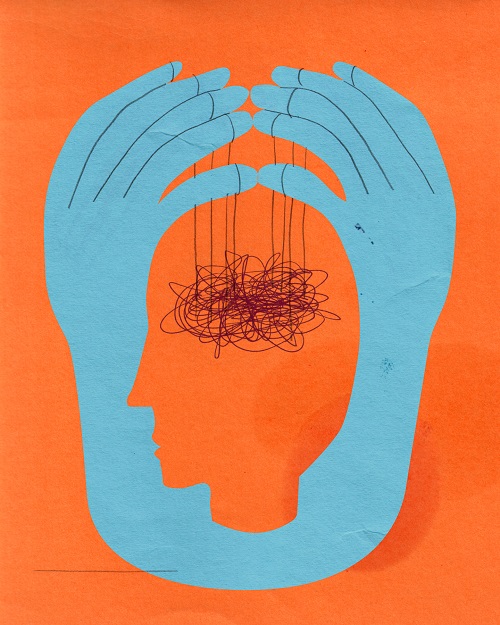
Lecture
The Psychoanalysis of Making
by Prof. Margaret Iversen
Sunday 2 June, 7pm
£6/5 conc.
There are numerous ways in which thinkers have understood the conjunction of ‘Psychoanalysis and Art’. Freud himself tended to regard the artist as the analysand and so treated the work of art as a symptom or dream to be interpreted. Yet he also believed that writers and artists had profound insights into the human psyche, long before he developed his own theories. If this is the case, we might go to works of art as we would to an analyst, to discover something about ourselves and our fundamental relations to the world.
For this lecture, Professor Margaret Iversen takes as a starting point the critical writings of the art critic, Adrian Stokes, whose writing was influenced by Melanie Klein. The great virtue of his approach is that, rather than deciphering the work, he is sensitive to the handling of materials. Stokes distinguished between two fundamental ways in which artists work their materials, modelling and carving, which represent two very different sorts of engagement. Carvers, he claimed, have a feeling for their medium and value the resistance it offers. Modellers, by contrast, tend to impose on the yielding stuff of clay a preconceived design or fantasy. Paint and other materials are also susceptible to these sorts of engagement. As viewers, we too become caught up in these different psychodynamic relations.
Margaret Iversen is Professor in the School of Philosophy and Art History, University of Essex. Her most recent books are Beyond Pleasure: Freud, Lacan, Barthes (2007), Writing Art History (co-authored with Stephen Melville, 2010) and Chance (2010). She was Director (with Diarmuid Costello) of the AHRC research project, “Aesthetics after Photography” and is currently completing a book called Photography, Trace and Trauma.
Image: Courtesy of Nick Lu

